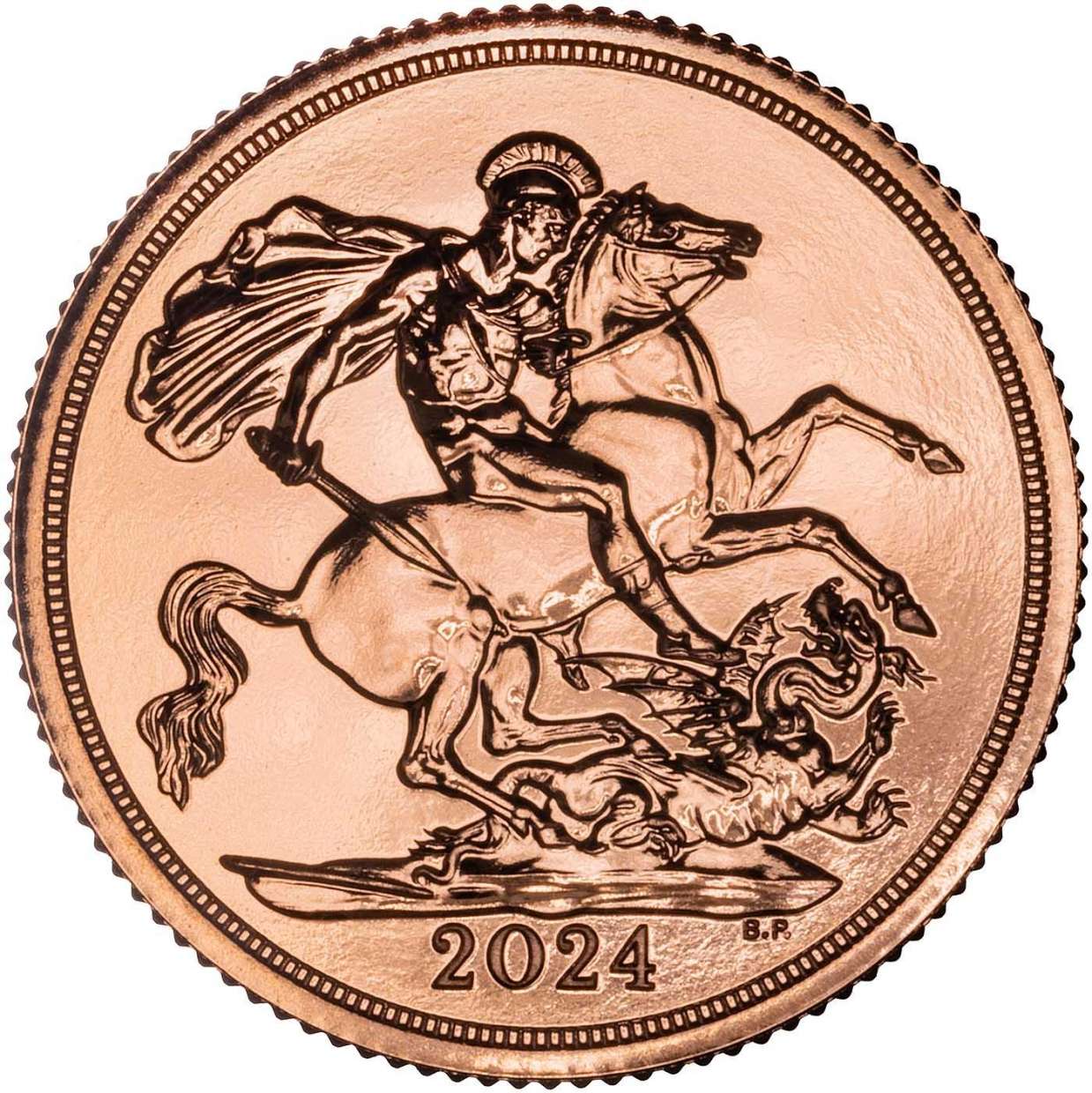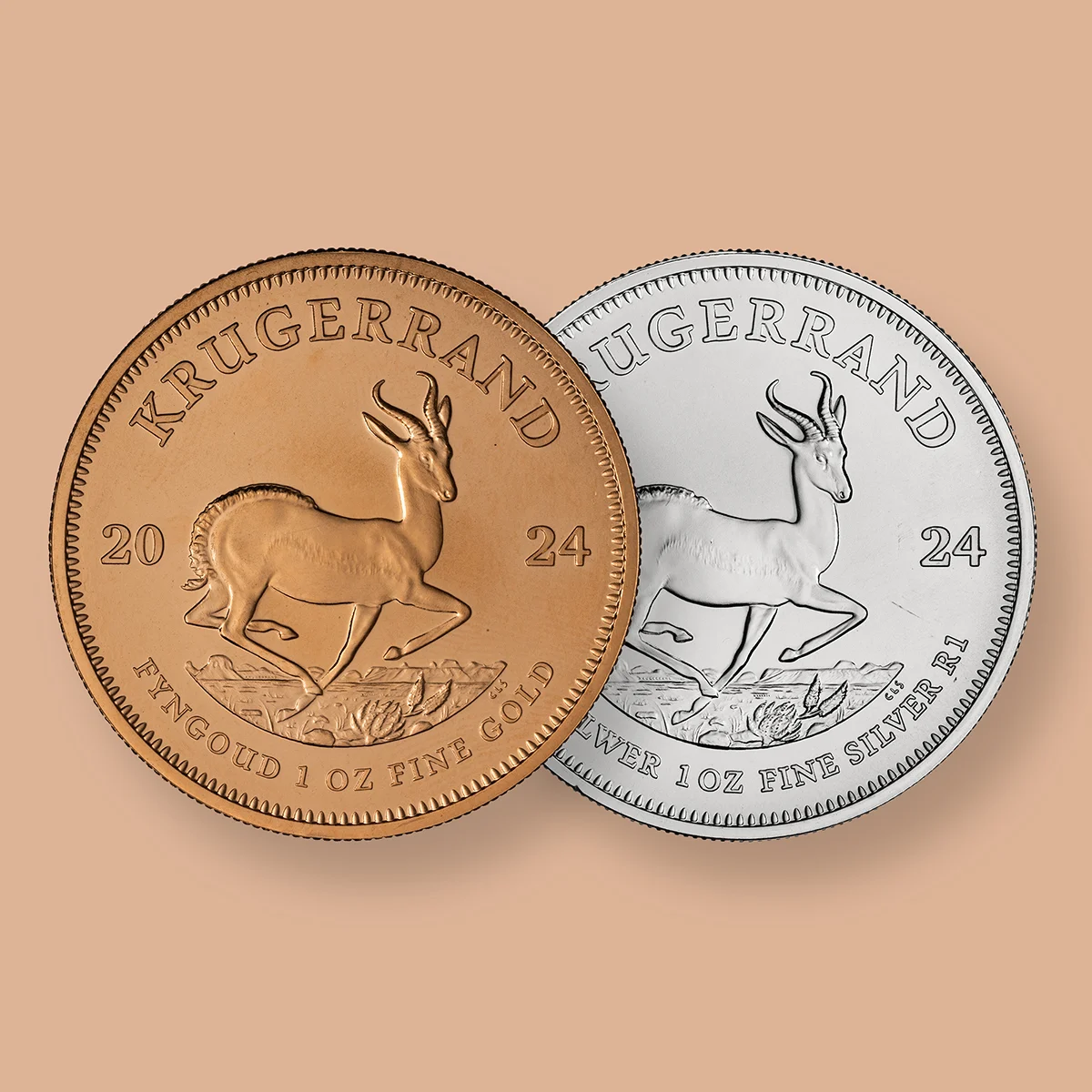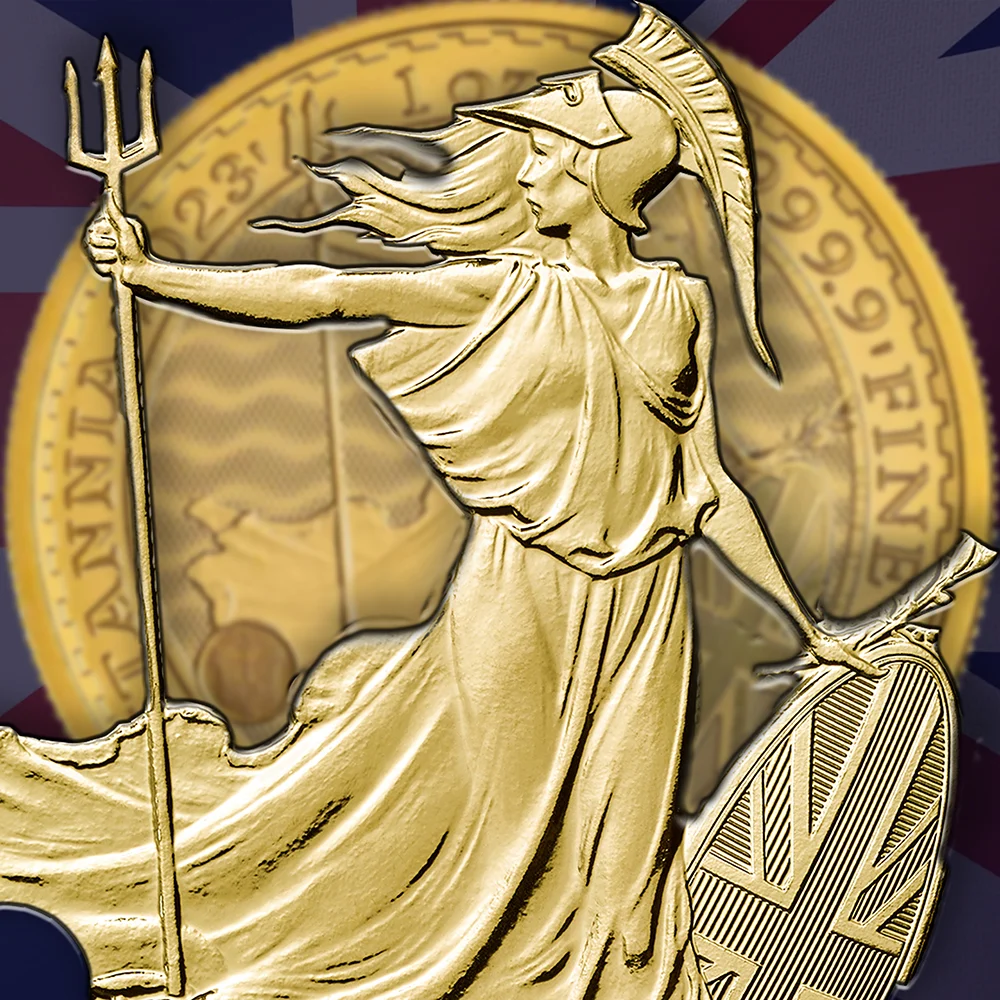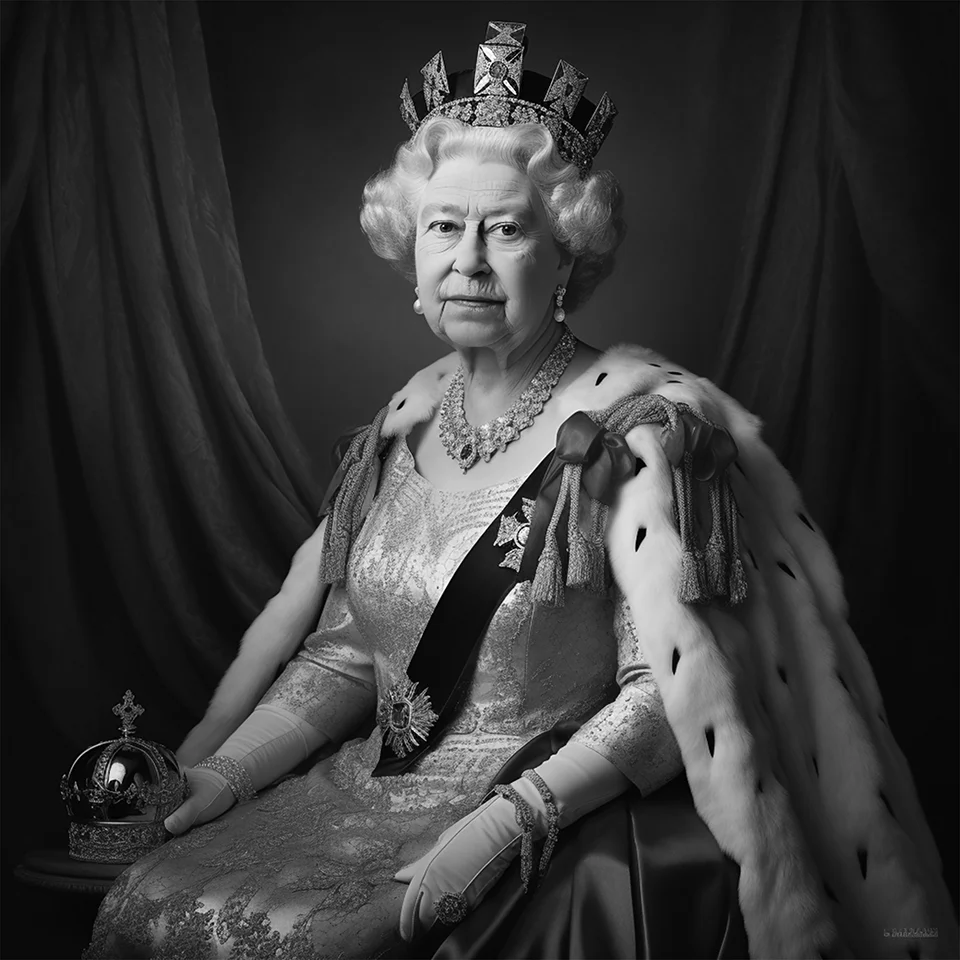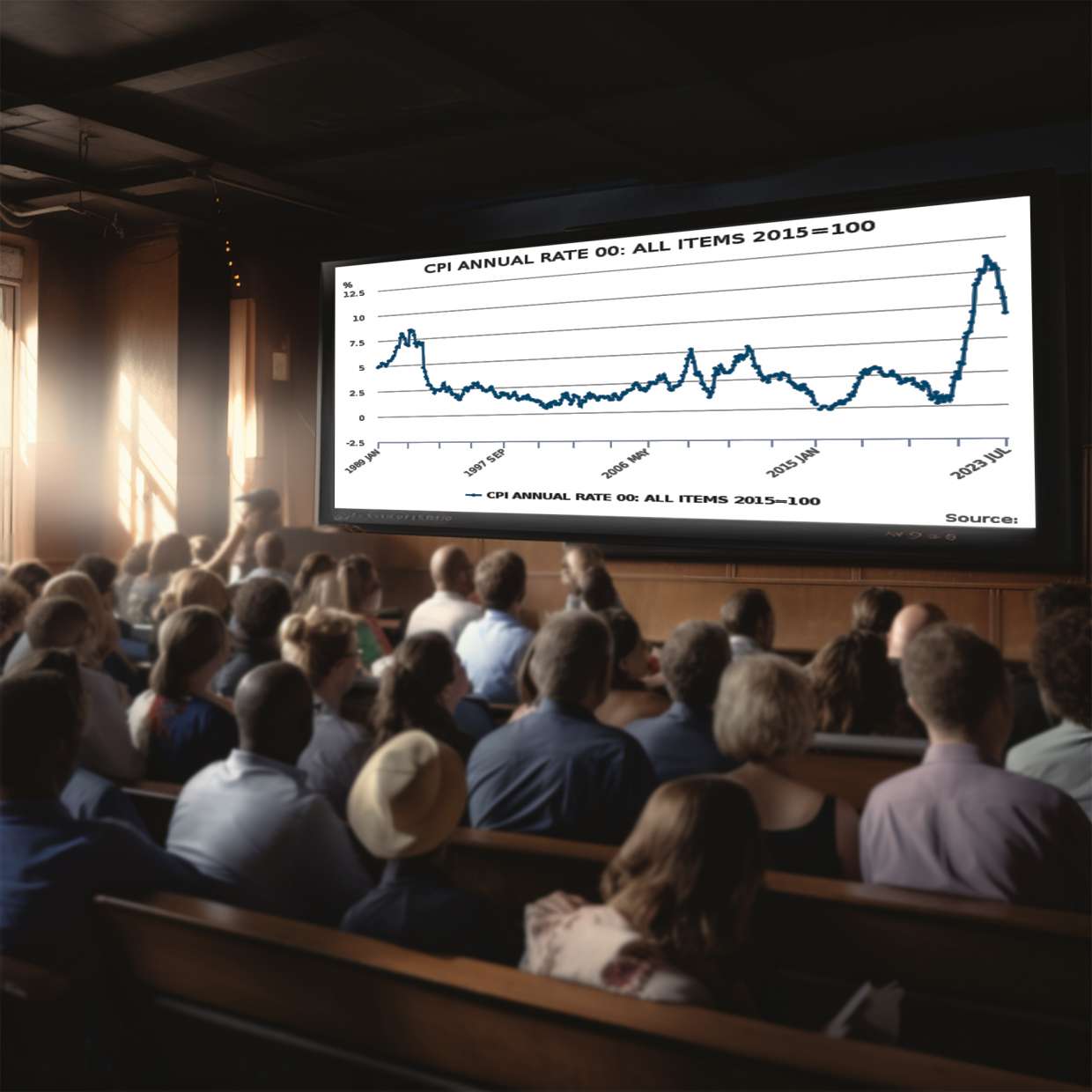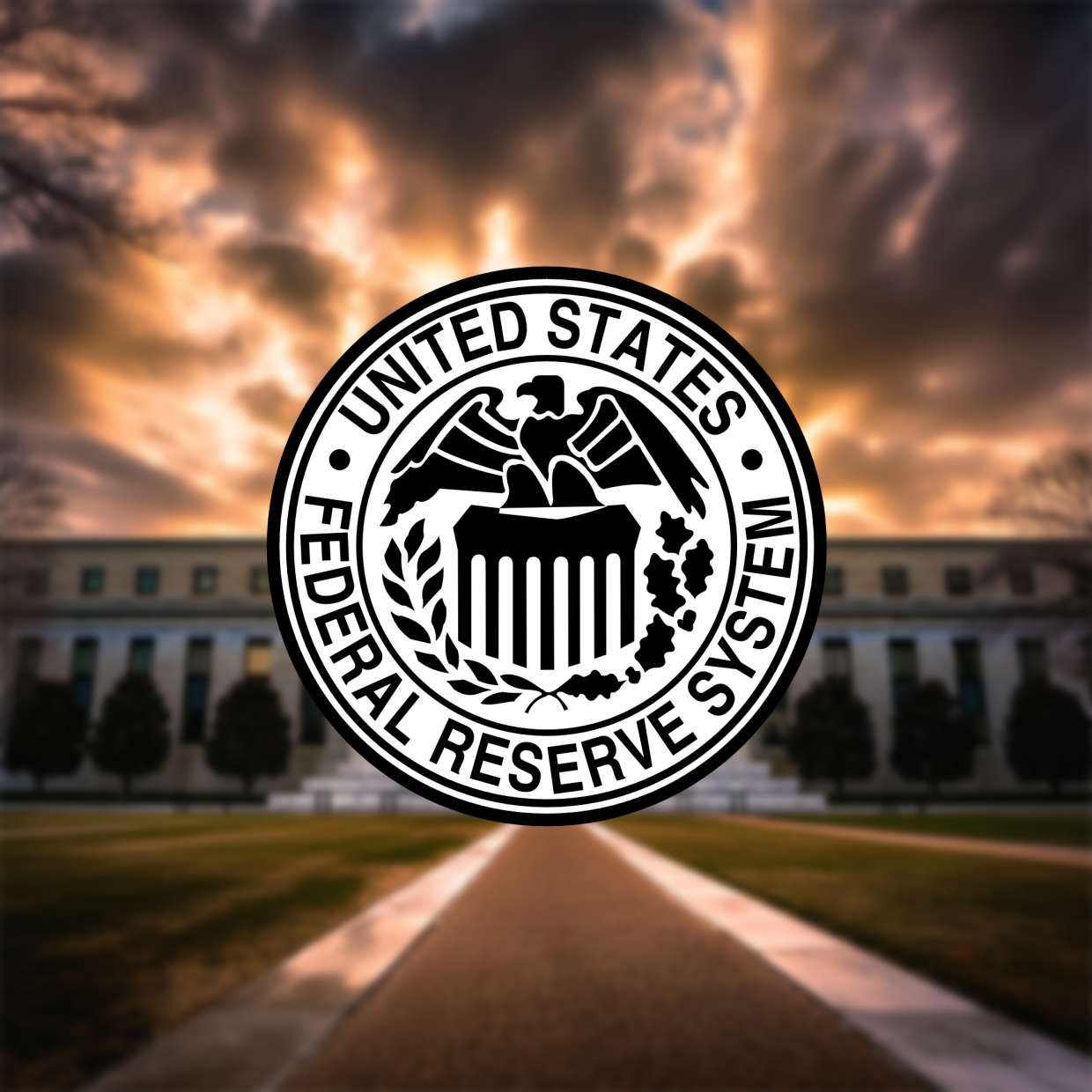Bank of England Raises Interest Rates for 14th Time in a Row to 5.25%
Synopsis
The Bank of England raised interest rates to 5.25%, the highest in 15 years, amid persistent inflation above 2%. This marks the 14th consecutive increase since December 2021. Experts predict inflation to meet the 2% target by Q2 2025, while unemployment may reach 4.3% in 2024. Cost of living in the UK shows rent as the largest expense at 30.8%, followed by markets (25.7%) and restaurants (16.3%). The average 2-year fix is currently at 6.85%, while the 5-year fix stands at 6.36%.

Key Takeaways
- Bank of England raised interest rates to 5.25%, the highest in 15 years
- This is the 14th consecutive rate increase since December 2021
- Consumer Price Index (CPI) is 7.9%, and peaked at 11.10% in October 2022
- Cost of living in the UK shows rent as the largest expense at 30.8%, followed by markets (25.7%), and restaurants (16.3%)
Bank of England Raises Interest Rates to 5.25%
The Bank of England has raised interest rates for the 14th consecutive time to the highest levels in 15 years. Although inflation dropped from 8.7% to 7.9%, it remains significantly above the 2% target set by the Monetary Policy Committee, necessitating another increase.
On August 3rd, 2023, the base rate was raised by an additional 0.25 percentage points to 5.25%, marking the highest rate seen since February 2008 during the UK financial crisis. On the same day, it was confirmed that 6 out of the 9 members of the monetary policy committee voted for a 1/4 percentage point increase, 2 members wanted a 0.5 increase, while 1 member chose to abstain from the increase.

Fourteenth Increase Since December 2021
In December 2021, the Bank of England announced the first interest rate increase from pandemic-era lows, as UK inflation reached a 10-year high in November 2021. Interest rates increased from a mere 0.10% by 0.15 percentage points to a quarter of a percentage, and have since risen to 5.25% as of August 2023.
The Consumer Price Index (CPI) experienced an increase from 4.2% in October 2021 to 5.1% in November 2021, and this trend persisted, reaching an all-time high of 11.10% in October 2022. As of today, the UK has raised interest rates 14 times since December 2021, with the latest CPI announcement at 7.9%. We believe that this worrisome trend may continue into 2024 unless the CPI starts to decline at a faster rate.
| BOE Meeting Date | Bank of England Funds Rate | Rate Change (bps) |
| Dec-21 | 0.10 to 0.25% | + 0.15 |
| Feb-22 | 0.25% to 0.50% | + 0.25 |
| Mar-22 | 0.50% to 0.75% | + 0.25 |
| May-22 | 0.75% to 1% | + 0.25 |
| Jun-22 | 1% to 1.25% | + 0.25 |
| Aug-22 | 1.25% to 1.75% | + 0.50 |
| Sep-22 | 1.75% to 2.25% | + 0.50 |
| Dec-22 | 2.25% to 3.50% | + 1.25 |
| Feb-23 | 3.50% to 4% | + 0.50 |
| Mar-23 | 4% to 4.25% | + 0.25 |
| May-23 | 4.25% to 4.50% | + 0.25 |
| Jun-23 | 4.50 to 5% | + 0.50 |
| Aug-23 | 5% to 5.25% | + 0.25 |
What Impact Has the Increased Interest Rate Had on the UK?
The scenario of fourteen increases since December 2021 represents a significant change from the 0.10% interest rate observed in the UK on 19 March 2020. As well as the base rate becoming 5.25%, the Bank of England predict the UK economy to only grow 0.5% next year, and only 0.25% in 2025.
Cost of living in the United Kingdom - Distribution of Expenses
This data was obtained through Numbeo, an online database founded in Serbia. The database relies on cost of living metrics such as consumer prices, real property prices, and quality of life metrics. The information provided is valid as of August 2023 in the United Kingdom.
- Rent Per Month - 30.8%
- Markets - 25.7%
- Restaurants - 16.3%
- Transportation - 12.6%
- Monthly Utilities - 7.9%
- Sports And Leisure - 4.6%
- Clothing And Shoes - 2.2%
Future Predictions of the Interest Rate Increases by Experts
- Inflation will meet the 2% target by the Q2 of 2025
- Unemployment will reach 4.3% in Summer 2024, and 4.7% in 2025 and 2026.
- Food Inflation will remain just above 10% by the end of 2023.
- The average 2-year fix currently stands at 6.85%, while the 5-year fix is at 6.36%.
Gold as Hedge Against Inflation
Gold investing offers an advantage by serving as a hedge against inflation, as its price tends to rise when the cost of living increases. Inflation denotes the overall rise in the prices of goods and services, resulting in a reduction in the purchasing power of currency.
Chards Mailing List is the ultimate mailing list for bullion dealers that customers need to be on if they are interested in investing in precious metals. Our mailing list is the only one you'll ever need to stay informed about the latest deals, special offers, and product releases. We keep our subscribers updated on everything from investment-grade bullion to rare and collectible coins. By signing up for our emails, customers will never miss out on any fantastic deals or exciting news in the bullion market. Our mailing list is an essential tool for those looking to stay informed and make informed investment decisions.
Interested in signing up today? Sign up to our mailing list and follow us on The Silver Forum, Instagram, YouTube, Facebook, TikTok, Twitter, and Threads for coin news.

Related Articles
This guide and its content is copyright of Chard (1964) Ltd - © Chard (1964) Ltd 2024. All rights reserved. Any redistribution or reproduction of part or all of the contents in any form is prohibited.
We are not financial advisers and we would always recommend that you consult with one prior to making any investment decision.
You can read more about copyright or our advice disclaimer on these links.




